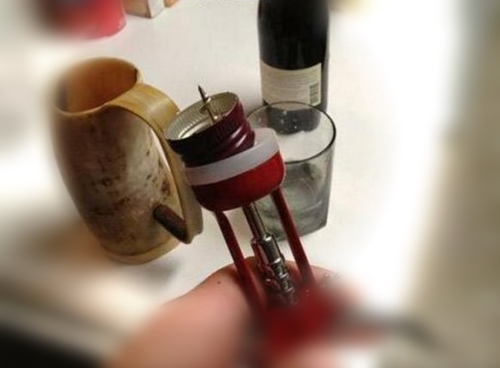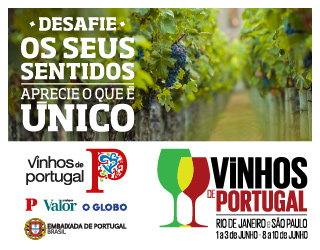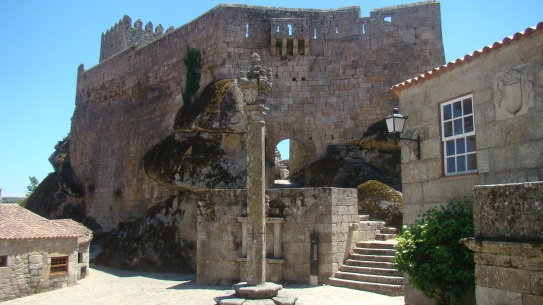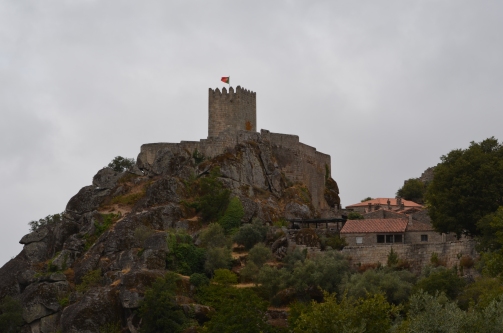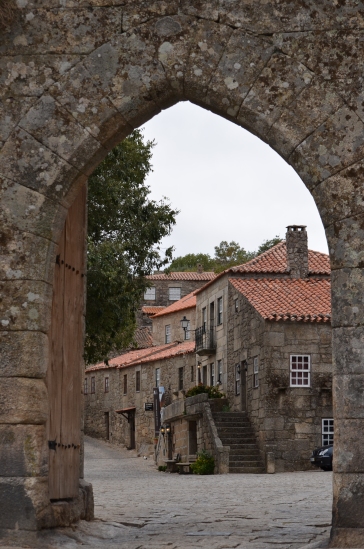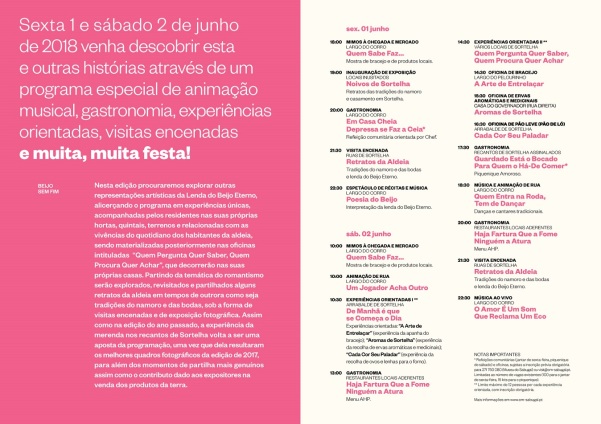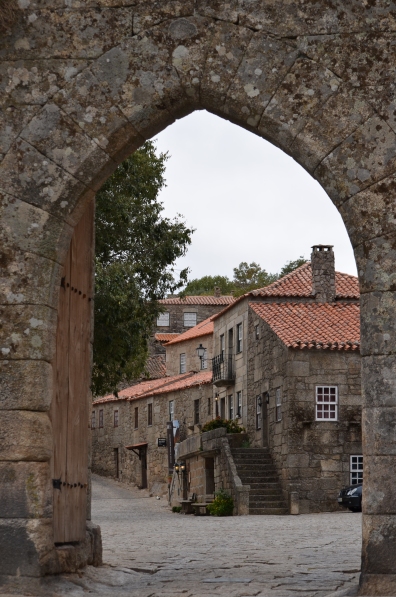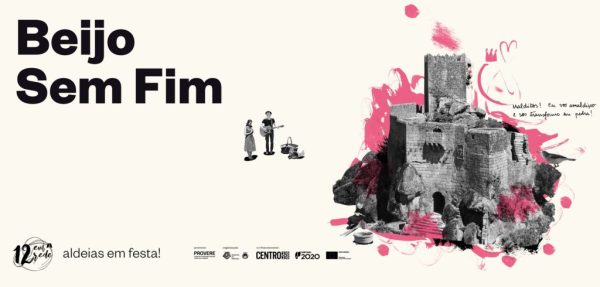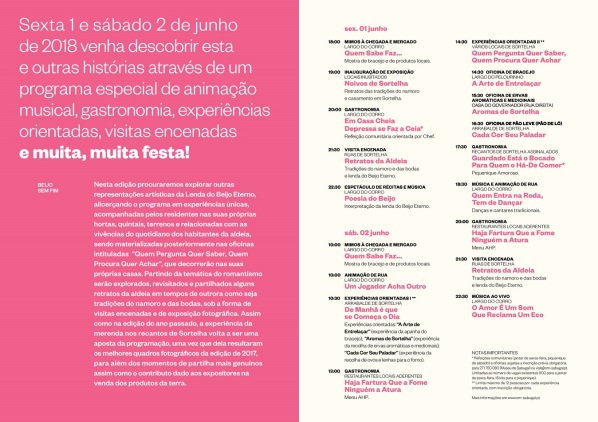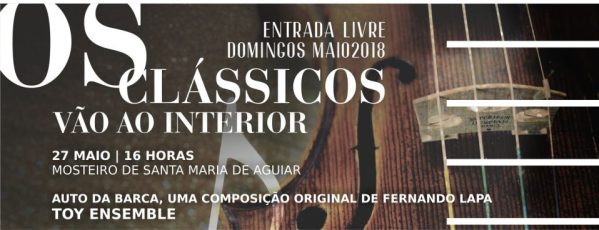Passeio imperdível para quem vai a Lisboa, além de próxima da capital portuguesa, a vila medieval de Óbidos é uma das mais pitorescas e bem preservadas de Portugal.
Já ocupada antes de os romanos chegarem à Península Ibérica, a vila tornou-se mais próspera a partir do momento em que foi “adotada” pela família real: o rei D. Dinis ofereceu-a à sua esposa, D. Isabel, no século XIII. A aldeia passou assim, a pertencer à Casa das Rainhas que ao longo das várias dinastias, a foram beneficiando e enriquecendo.

Este investimento não se perdeu no tempo, o The Guardian, um dos mais conhecidos e importantes jornais britânicos, considerou, num artigo publicado no passado dia 26 de abril, Óbidos como uma das 10 melhores cidades do livro do Mundo.
Segundo o jornal, “Óbidos destaca-se da maioria das outras cidades do livro porque não abriu novas livrarias. Muitas lojas simplesmente adicionaram livros aos seus negócios.”
Assim, as galerias de arte locais vendem livros de arte, o mercado biológico de Óbidos tem prateleiras de livros de culinária por detrás das suas frutas e legumes frescos e por aí vai. Uma das livrarias mais impressionantes é a Grande Livraria de Santiago, dentro de uma igreja do século XIII, ao lado do castelo de Óbidos.
Óbidos é boa para ser visitada em qualquer época do ano, seja para um estadia tranquila ou um passeio romântico. Não perca a célebre Ginginha de Óbidos, de preferência bebida no copinho de chocolate e o passeio pelas muralhas do castelo.
Durante todo o ano, um programa de eventos traz animação para a aldeia medieval, mas sem dúvida os mais concorridos são o Festival Internacional do Chocolate, o Mercado Medieval e o Natal.
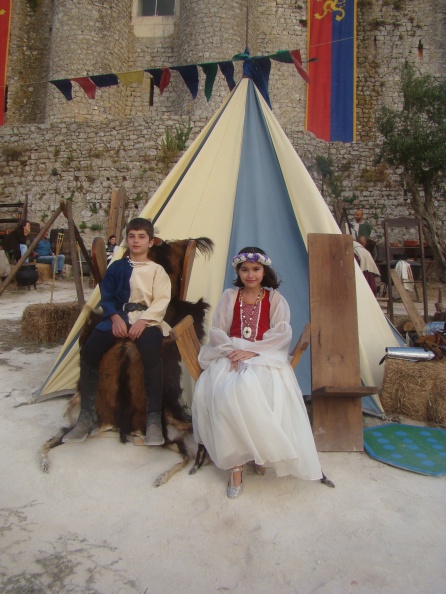
O Mercado Medieval de Óbidos é o próximo evento, de 12.07 a 05.08 e este ano explora o tema: A água é o sangue da terra. A água o dá, a água o leva. Fonte de superstição e do medo, de fertilidade e do imaginário, elemento fundamental na paisagem e bem constante em afazeres comuns, a água é uma força da natureza essencial à vida desde a Idade Medieval. Confira no vídeo abaixo.
Teaser Mercado Medieval de Óbidos 2018
Além disso há tabernas e bancas garridas, trovadores, danças e momices, ofícios e mesteres, armas e cavaleiros. Um mercado completo, para todas as idades.

Fonte: Melhores cidades do livro do mundo
__________________________________________________________________________________________

A must-see for anyone going to Lisbon, the medieval town of Óbidos is one of the most picturesque and well preserved in Portugal, in addition to being close to the Portuguese capital.
Already occupied before the Romans arrived in the Iberian Peninsula, the town became more prosperous from the moment it was “adopted” by the royal family: King D. Dinis offered it to his wife, D. Isabel, in the 13th century. The village passed thus, to belong to the House of the Queens that throughout several dynasties, have been benefiting and enriching it.

This investment was not wasted in time. The Guardian considered in an article published last April 26, Óbidos as one of the 10 best “book” cities of the World.
According to the newspaper, “Óbidos stands out from most other book cities because it did not open new bookstores. Many stores simply added books to their business.”
So, the local art galleries sell art books, the Óbidos organic market has cookbook shelves behind its fresh fruits and vegetables and so on. One of the most impressive bookstore is the Great Bookstore of Santiago, within a 13th century church, next to the castle of Óbidos.
Óbidos is good to be visited at any time of the year, whether for a quiet stay or a romantic outing. Do not miss the famous Ginginha de Óbidos, preferably drank in the chocolate mini glass and the walk through the castle walls.
Several events bring excitement to the medieval village throughout the year, but undoubtedly the most popular are the International Chocolate Festival, the Medieval Market and Christmas.
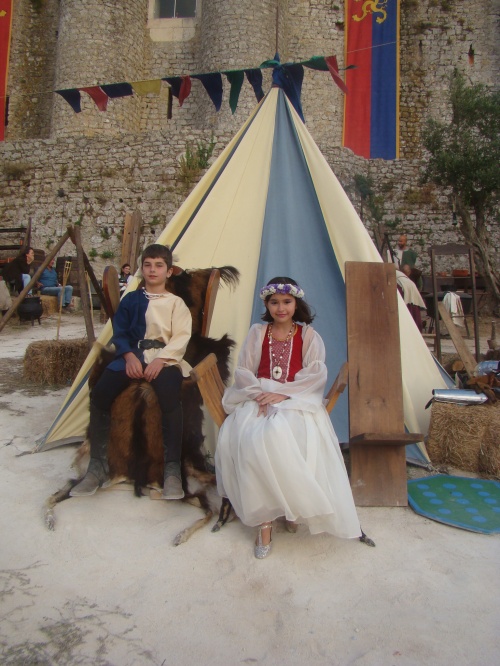
The Medieval Market of Óbidos is the next event, from 12.07 to 05.08 and this year it explores the theme: Water is the blood of the earth. Water gives it, water takes it. A source of superstition and fear, of fertility and of the imaginary, fundamental element in the landscape and very constant in common affairs, water is a force of nature essential to life since the Middle Ages. Check out the video below.
Teaser Medieval Market of Óbidos 2018
In addition there are lively taverns and stalls, minstrels, dances and momices, crafts and masters, weapons and knights. A complete market, for all ages.

Source: Melhores cidades do livro do mundo
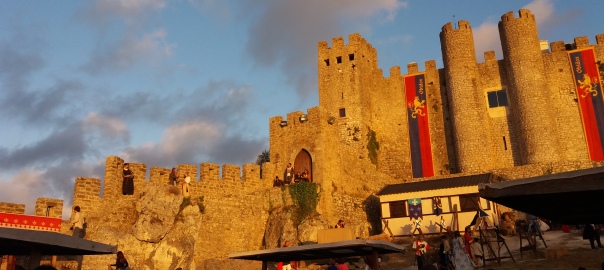

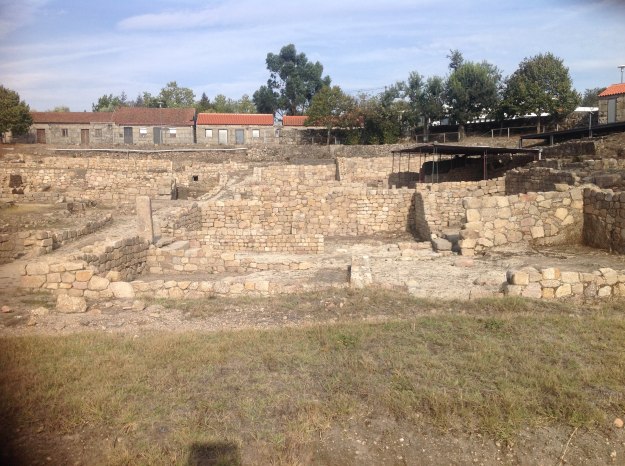
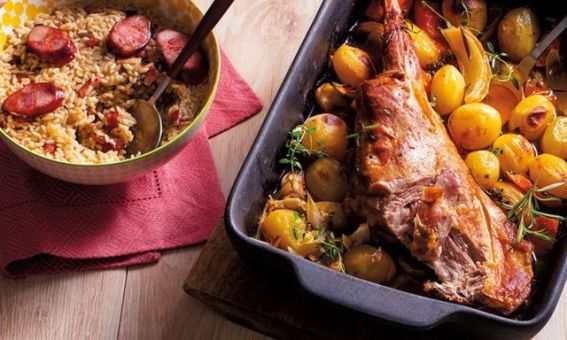

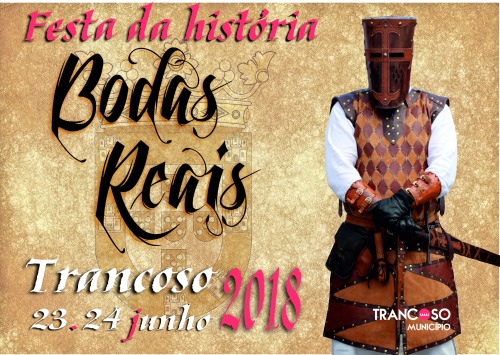
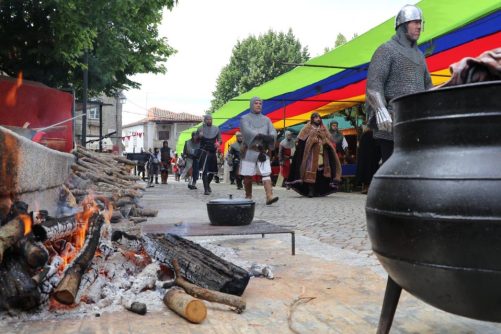
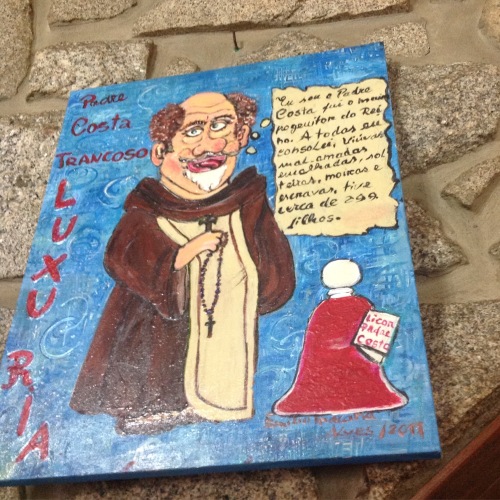
![1.Trancoso - doce conventual - sardinhas doces_thumb[2]](https://eulevovinho.wordpress.com/wp-content/uploads/2018/05/1-trancoso-doce-conventual-sardinhas-doces_thumb2.jpg?w=501&h=342)

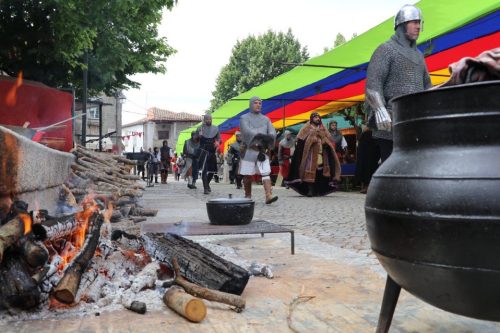
![1.Trancoso - doce conventual - sardinhas doces_thumb[2]](https://eulevovinho.wordpress.com/wp-content/uploads/2018/05/1-trancoso-doce-conventual-sardinhas-doces_thumb2.jpg?w=500&h=341)




